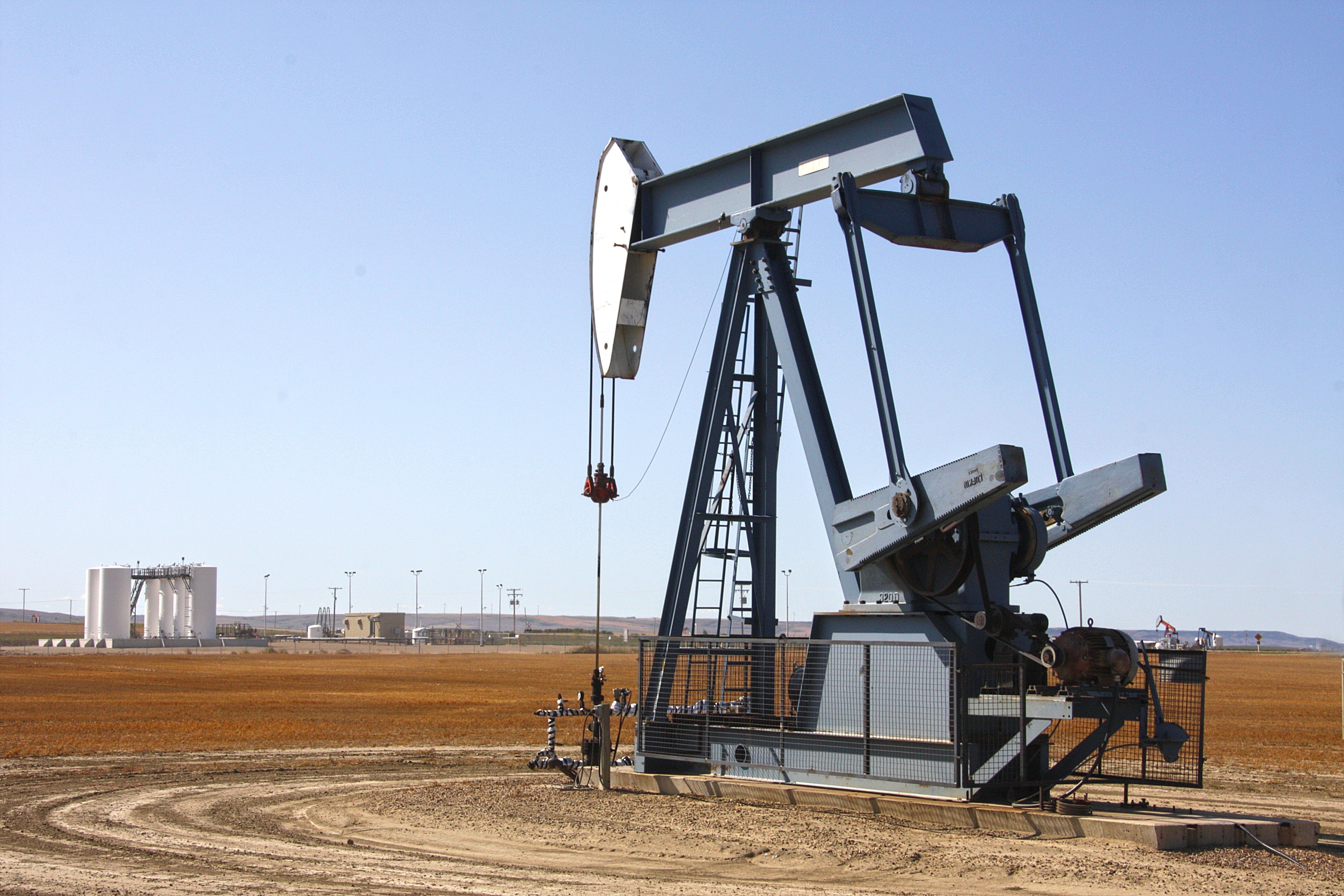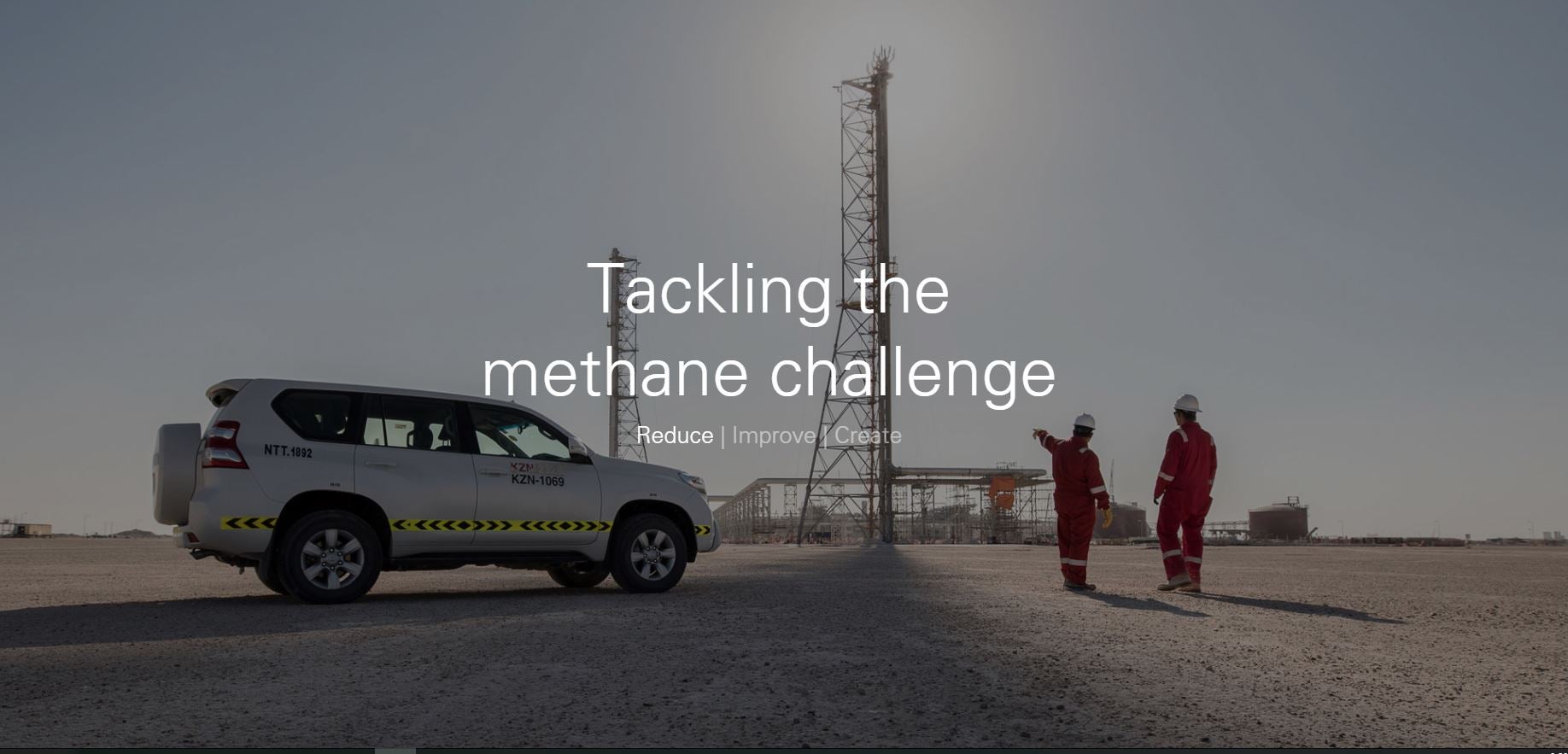 Over the past months more than 400,000 Americans weighed in on a proposal by Secretary of the Interior Ryan Zinke to gut the Bureau of Land Management (BLM) Methane and Natural Gas Waste Prevention Rule. And more than 98 percent of the comments received urged BLM to keep the strong rule in place to force oil and gas operators to crack down on waste and pollution when profiting from the public’s natural resources. Now that’s a landslide!
Over the past months more than 400,000 Americans weighed in on a proposal by Secretary of the Interior Ryan Zinke to gut the Bureau of Land Management (BLM) Methane and Natural Gas Waste Prevention Rule. And more than 98 percent of the comments received urged BLM to keep the strong rule in place to force oil and gas operators to crack down on waste and pollution when profiting from the public’s natural resources. Now that’s a landslide!
Energy Exchange
American people speak loud and clear on Zinke’s proposal to gut the BLM methane rule
Four ways California utilities can make a big dent in reducing methane emissions
 This blog was co-authored by Tim O’Connor and Ellison Folk, an Environmental Attorney at Shute, Mihaly & Weinberger.
This blog was co-authored by Tim O’Connor and Ellison Folk, an Environmental Attorney at Shute, Mihaly & Weinberger.
California utilities finally have a set of plans to cut methane leakage from the state’s natural gas pipelines. This is good news, but there are still a handful of improvements that could help make the state’s gas pipelines leak even less.
Methane leakage is a serious environmental and safety issue that afflicts the entire natural gas supply chain. Methane is a potent greenhouse gas that must be reduced if California is to reach is ambitious climate goals.
Even before the Aliso Canyon disaster attracted national attention, California passed a groundbreaking law (SB 1371) requiring public utilities to reduce natural gas emissions. Last June, the California Public Utilities Commissioned ruled utilities must adopt plans that implement 26 best practices (See Appendix B) to reduce methane emissions.
Canada adopts historic methane rules. Alberta may undercut them.
 Last night, Canada finalized new national regulations on methane emissions from the oil and gas industry, its largest methane polluter. The rules are among the most comprehensive in the world, putting Canada on a clear path toward its 40 to 45 percent methane reduction goal, and delivering on a critical element of the Canadian climate plan.
Last night, Canada finalized new national regulations on methane emissions from the oil and gas industry, its largest methane polluter. The rules are among the most comprehensive in the world, putting Canada on a clear path toward its 40 to 45 percent methane reduction goal, and delivering on a critical element of the Canadian climate plan.
By finalizing regulations on methane, Canada continues its international climate leadership and is implementing policies to help achieve its Paris commitment. Further, this action places Canada as another example of the momentum building to reduce oil and gas methane emissions – one of the cheapest and most impactful things we can do now to slow the rate of warming. Read More
Investors: Methane targets wanted
 With upcoming annual meetings full of shareholder resolutions calling on companies to set greenhouse gas (GHG) reduction targets, EDF released “Taking Aim”, a new paper explaining why methane targets are the next frontier for the oil and gas industry and establishing five keys for strong targets. The paper explains how companies that set targets are more likely to be successful when it comes to securing methane emission reductions. Setting targets also demonstrates to investors that corporate decision makers understand methane risk management is critical to competing in an ever-cleaner energy market.
With upcoming annual meetings full of shareholder resolutions calling on companies to set greenhouse gas (GHG) reduction targets, EDF released “Taking Aim”, a new paper explaining why methane targets are the next frontier for the oil and gas industry and establishing five keys for strong targets. The paper explains how companies that set targets are more likely to be successful when it comes to securing methane emission reductions. Setting targets also demonstrates to investors that corporate decision makers understand methane risk management is critical to competing in an ever-cleaner energy market.
With the Task Force for Climate-Related Financial Disclosure (TCFD) framework also highlighting the importance of targets, “Taking Aim” provides some initial guidelines that can help frame what an ambitious, leading target looks like for oil and gas industry methane.
What ALA’s most recent State of the Air Report reveals about oil and gas air pollution in the Western U.S.
 The American Lung Association released its annual State of the Air Report today, revealing what many communities have known for quite some time: air pollution from oil and gas operations is a growing concern.
The American Lung Association released its annual State of the Air Report today, revealing what many communities have known for quite some time: air pollution from oil and gas operations is a growing concern.
Air pollution has often been a challenge for highly-populated areas of the United States, but it is an issue rural communities have largely been able to avoid. However, that seems to be changing according to the ALA’s findings. La Plata County in Colorado and Duchesne and Uintah counties in Utah all received an “F” grade due to high levels of ozone. None has a population over 60,000 people, but each is home to significant amounts of oil and gas production.
Sitting down with BP to discuss its new methane target
 As part of its Energy Transition report, BP announced a stringent new quantitative target to address its emissions of methane, a powerful greenhouse gas pollutant. Effective immediately, BP will target limiting methane emissions from its global upstream oil and gas operations that market natural gas to 0.2 percent. Ben Ratner, Senior Director with EDF+Business, sat down with Paul Jefferiss, Head of Policy, BP, to learn more.
As part of its Energy Transition report, BP announced a stringent new quantitative target to address its emissions of methane, a powerful greenhouse gas pollutant. Effective immediately, BP will target limiting methane emissions from its global upstream oil and gas operations that market natural gas to 0.2 percent. Ben Ratner, Senior Director with EDF+Business, sat down with Paul Jefferiss, Head of Policy, BP, to learn more.









